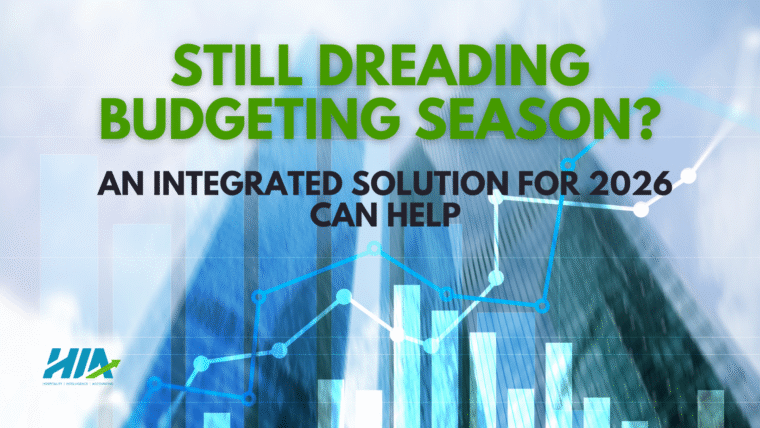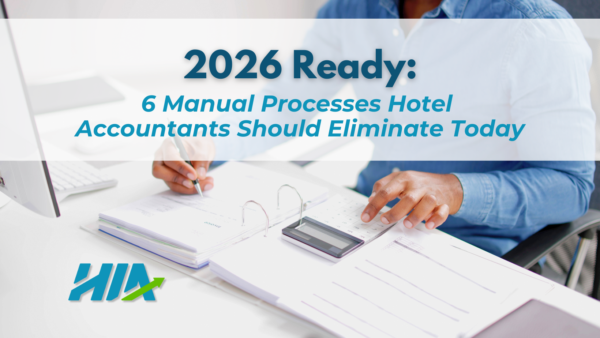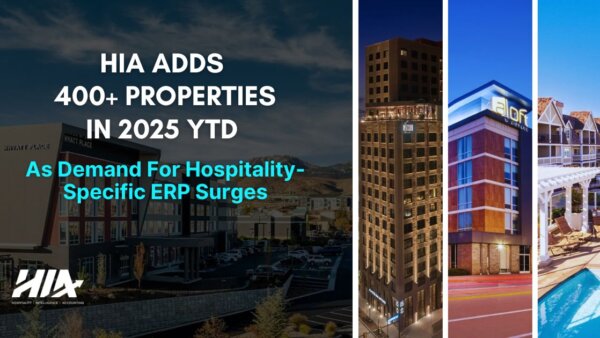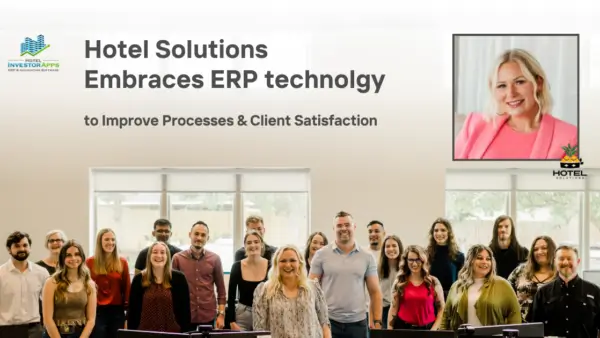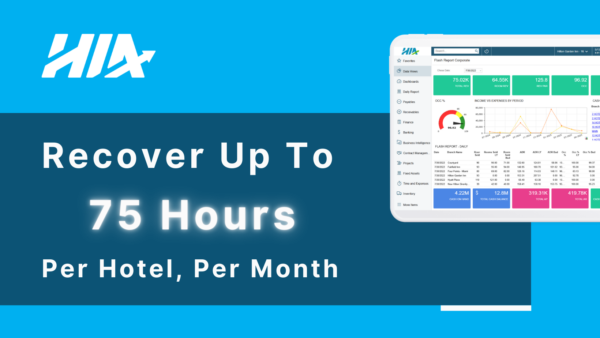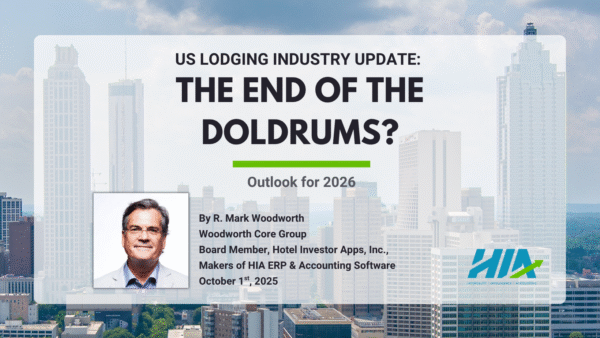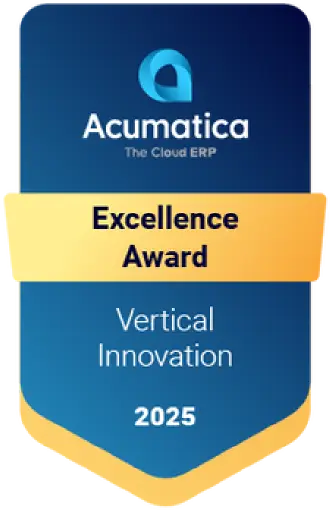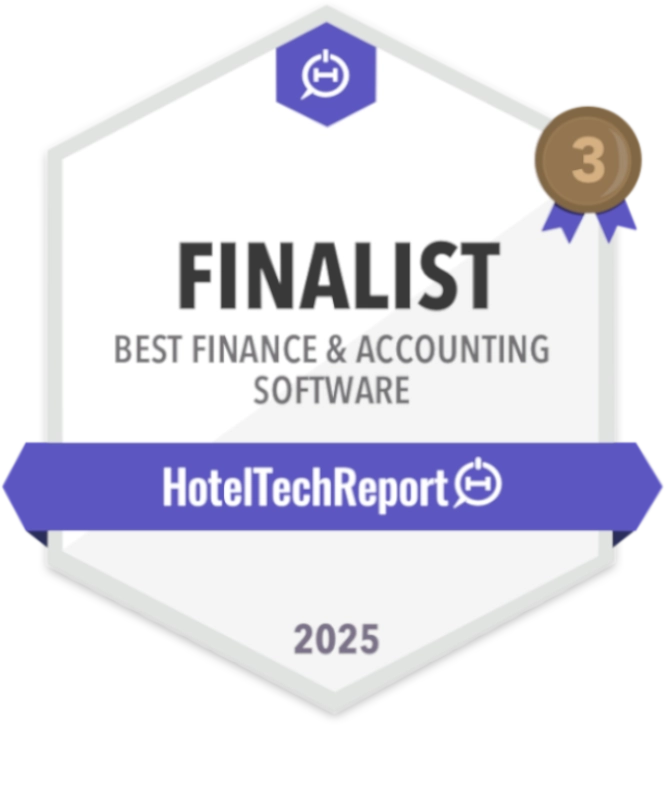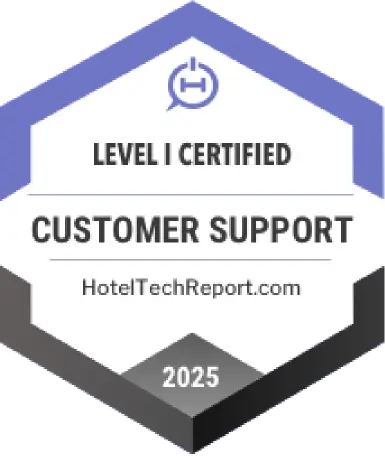The heated debates over next year’s numbers are around the corner, and no amount of crisp fall air can take the edge off. You know the drill: the spreadsheets, the endless back-and-forth, the painstaking process of pulling data. It’s a familiar battle that feels like an uphill climb every single year.
But what if it didn’t have to be like that? What if there was a way to make the whole process easier? More strategic? In this article, we’ll show you why the pain of budgeting often comes down to disconnected tools and how integrating budgeting and forecasting directly into your accounting system can help to reduce the friction.
Why is Budgeting Season So Painful (For Some)?
The real reason budgeting season causes so much friction isn’t because of the financial planning itself. Your teams know their departments inside and out. The problem is the process. And it always comes back to two things: how the data moves and the tools handling it.
When budgeting and forecasting tools aren’t integrated with your core accounting system, it can create a kind of data import maze. Every cycle, teams are re-importing actuals, pulling historicals, mapping GL codes, and building department structures. Basically, redoing work that already exists in accounting just to get to a baseline.
Many hotel companies fall back on spreadsheets or generic tools that weren’t designed for the industry to help them accomplish this. But budgets built this way aren’t living tools. They’re static documents that can turn collaboration into chaos. Numbers get overwritten. Data goes stale. Everyone ends up asking the same question: “Which file is the latest?”
At the end of the day, a fragmented tech stack costs more than what shows up in the budget; it costs time, clarity, and opportunity.
The Power of Built-In Budgeting
When budgeting and forecasting tools are built right into the core accounting system, then actuals, historicals, GL codes, and department structures are already in place (aligned and accurate), so teams start planning immediately instead of wasting weeks rebuilding what’s already there.
For example, HIA’s built-in budgeting includes:
- Hospitality-specific drivers: Out-of-the-box POR, PAR, percent of room revenue, percent of total revenue or build your own custom drivers.
- Drill-down visibility: Double-click any field to see the GL accounts behind the number. No black boxes, just clarity.
- Real-time validation: Errors are flagged as they happen, before they snowball.
- Automatic GL conversion & Chart of Accounts pre-population: Budgets tie directly back to your accounting without re-mapping or rebuilds.
- Reusable, flexible budgets: Start from actuals, prior budgets, or templates. Apply multipliers, formulas, or drivers. Budgets become living tools, not static spreadsheets.
- Unlimited, simplified forecasting: Update projections continuously and compare them against budgets or actuals in a few clicks.
- Collaboration without chaos: Cloud-based, role-specific permissions keep everyone on the same page without version-control nightmares.
- Audit log accountability: Every change is tracked, so you know exactly who adjusted what and when.
These integrated tools makes budgeting less about surviving the season and more about leading with confidence. Because when your budgets live inside your ERP, the process stops being about workarounds and starts being about results.
“One of the standout features of Hotel Investor Apps (HIA) is its intuitive budget management system. It provides real-time data insights that allow us to make informed financial decisions promptly… HIA helps us stay on top of expenses, payroll, and revenue forecasting, ensuring that we remain proactive rather than reactive in our financial strategy.”
— General Manager, Home2 Suites by Hilton
FAQs
What is the biggest challenge in hotel budgeting in 2026?
The biggest challenge in hotel budgeting in 2026 is planning against uncertainty. Finance teams are expected to balance growth targets with rising labor and operating costs, all while wrestling with clunky processes like manual imports and static spreadsheets. At the same time, historical data isn’t the safety net it once was since the COVID-19 pandemic rendered years of past performance largely irrelevant.
Navigating these challenges is going to require real-time data and considering multiple scenarios to stay ahead.
How often should a hotel update its forecast?
A hotel should update its forecast at least monthly, but some choose to do so more often, such as bi-weekly or weekly, to adapt to the rapidly changing economic environment. The more dynamic the forecasting process, the better positioned a hotel is to adjust rates, staffing, and capital plans in real time.
Why are static spreadsheets a liability for hotel budgeting in 2026?
Static spreadsheets weren’t built for the complexity of modern hotel portfolios. They break under the weight of version control, manual imports, and human error. Every time data is re-keyed, you lose speed and risk accuracy. (Real-time spreadsheets that sync with your ERP are a different story.)
How does a built-in budgeting system help with portfolio management?
A built-in budgeting system gives hotel management companies a unified view across all properties in their portfolio directly from the accounting system. Instead of stitching together reports from separate systems, finance leaders can drill down into department-level performance and compare properties side by side.
How does an integrated budgeting system streamline a hotel’s financial audit?
Audits are painful when your data lives in silos. An integrated budgeting system keeps everything in one place with a clean audit trail. Instead of scrambling to pull files or prove where a number came from, auditors get transparency and consistency.
Beyond Budgeting: Get Even More Power with HIA’s Ecosystem
Fixing the budgeting process is a game-changer on its own. But for hotel companies that want to take things even further, HIA offers additional tools that extend the value of your budgets across the business.
Business Intelligence (BI)
Owners, investors, and executives want answers faster than ever. With HIA’s BI module, you have additional tools to drill into details and benchmark. Compare properties side by side, drill into department performance, or draft multiple budgets to see how shifts in revenue or labor impact the bottom line.
Live Excel integration
For teams who love spreadsheets, HIA offers the flexibility without the chaos. Budgets, actuals, and forecasts sync directly with Excel in real time, so your data is always current. No exporting, no version-control nightmares, no stale numbers. (See short video on live Excel integration.)
Seamless reporting
Because HIA budgeting lives inside the ERP, you can include budgets and forecasts on daily reports, financial statements, or trailing 12-month reports with a click. That means owners don’t just see numbers in isolation—they see them in context.
Together, these tools help you optimize your budget and turn it into more than a once-a-year exercise. They become a living part of how your company runs, giving leadership the visibility to anticipate, adjust, and lead with confidence.
Ready to trade the late nights of budgeting season for clarity and control? Schedule a demo and see how HIA’s hotel-specific ERP makes it possible.

Director of Marketing at HIA
Elisa Fritsch, Director of Marketing at Hotel Investor Apps (HIA), contributes 15+ years of sales and marketing experience from a wide range of corporate to start-up environments. At HIA, Elisa focuses on marketing strategy, content, and leveraging her hospitality industry knowledge to drive growth.
